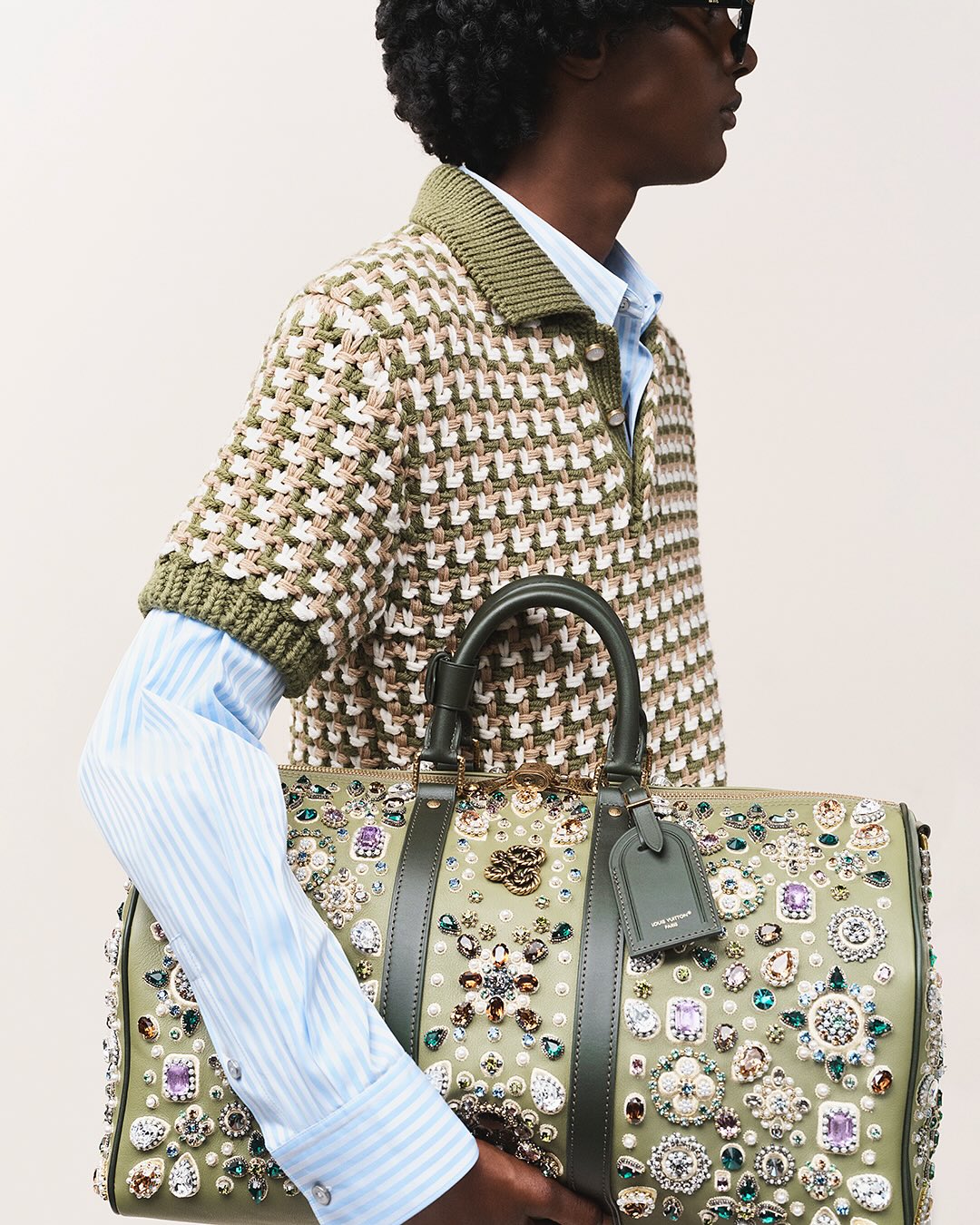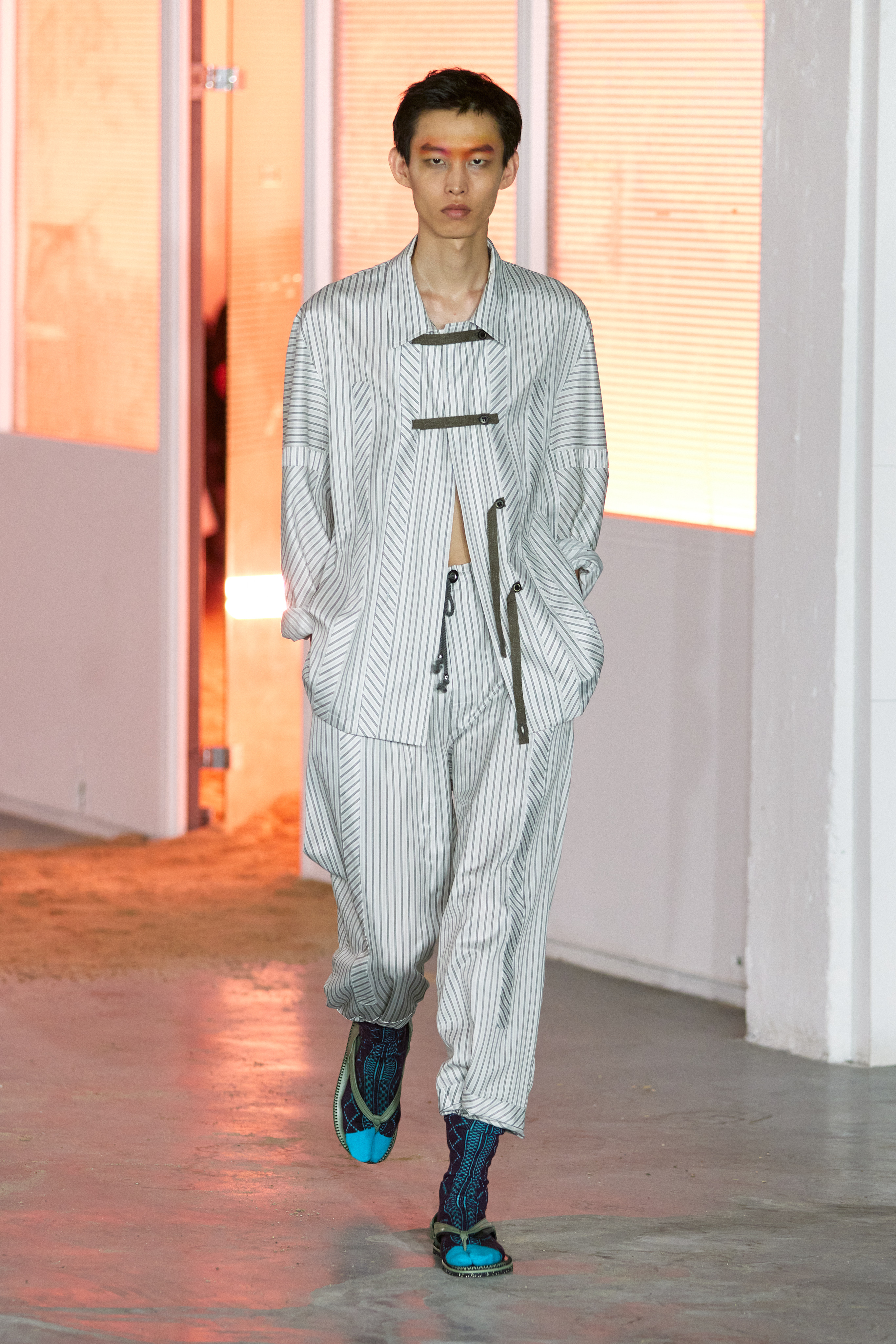At Men’s Fashion Week Designers Took Us Around The World as They Embraced Global Unity

Men's Fashion Week Spring/Summer 26 has come to a close, and despite taking place in Paris and Milan, the designers took us across the globe. Louis Vuitton looked to India as a key source of inspiration, sending models down a snakes and ladders board game-printed runway—originally called 'Moksha Patam'. Emporio Armani took inspiration from African dress, Moroccan mosaics and berber tents. And Kiko Kostadinov created a fictional island town from his collection, weaving in elements of Bulgarian military pyjamas, bagpipes and Japanese suiting.
Yet while cross-cultural inspiration in fashion is nothing new, it seems more poignant now than in previous seasons. "Ultimately, cross-cultural fashion reflects both a search for meaning and a response to global uncertainty," says Prof Carolyn Mair, fashion psychologist and author of The Psychology of Fashion.

Louis Vuitton Spring/Summer 26 runway
"Turning to cross-cultural inspiration in fashion taps into deep human instincts including the need to belong, the desire to stand out, and fascination with the ‘other’," she continues. "In a time of cultural fragmentation and political polarisation, turning to global aesthetics is both commercially and socially strategic. It can signal alignment with more inclusive, progressive values."
And, as Kewal Gala, co-founder of label Margene and an ex designer for Phoebe Philo, Marc Jacobs and Margaret Howell shares, it also makes good business sense. "There's an emerging customer in India, a new upper middle class with higher spending power and they're looking to buy European and American fashion. So, of course, it's more special when you know that there is inspiration in the collections from your own heritage".

Kiko Kostadinov Spring/Summer 26 runway
But, as Mair stresses, there’s a fine line between cultural appreciation and appropriation. "Without context, collaboration or credit, such references can backfire and trigger reactance, a negative response to perceived manipulation," she explains. Adding, "when using these cultural references feel superficial or exploitative, it can create cognitive dissonance especially in an era where identity is politicised".
A handful of large labels are currently under scrutiny from consumers for these reasons. People are calling out for more authentic uses of cultural inspiration. Crediting the culture and using the correct names of items is essential, as Gala says, "it's time for credit where credit is due," but active collaboration would be much more meaningful. Highlighting the artisans in that region who have made the collections would be a start, he says, while collaborating with young designers from these emerging markets—such as the likes of Charlotte Chowdhury of Rescha—would create a real global dialogue. Only those who do will remain on top.
Celebrity news, beauty, fashion advice, and fascinating features, delivered straight to your inbox!
marieclaire





